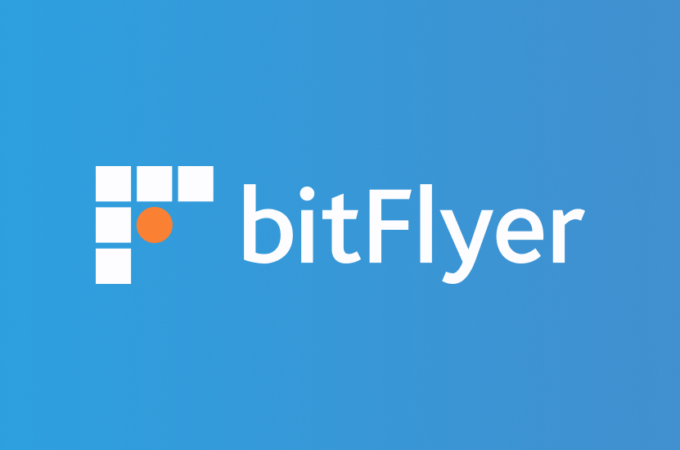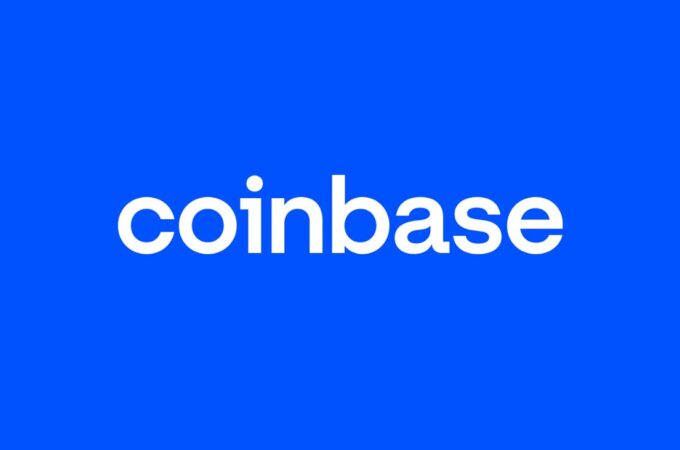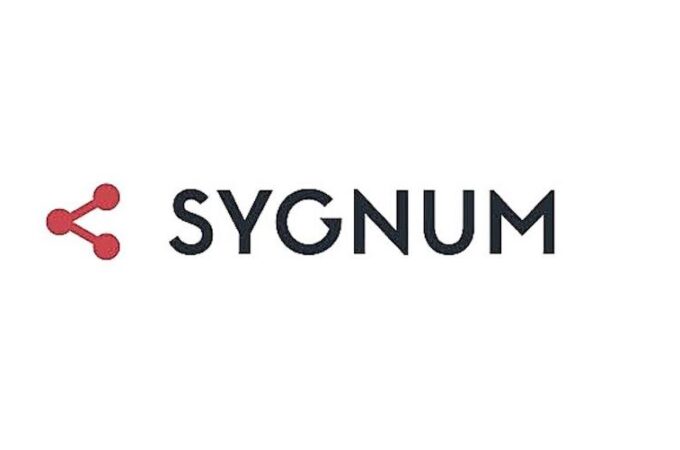Prepare For A Multiple Blockchain World
By Ray Valdes and David Furlonger (Gartner, Inc.) for Forbes
As many CIOs dig in to their digital business transformation strategies, they may wonder whether, and where, blockchain technology fits into their platforms.
Sure, CIOs at major banks and financial services companies have already launched into frenzied adoption analysis to exploit potential savings or thwart potential disrupters. Yet CIOs across industries should understand how blockchain works, and why its limitations will spawn future distributed ledger platforms for the programmable economy.
What is the blockchain?
The primary instance of blockchain technology is found in the Bitcoin stack — measured in terms of longevity, market share and ecosystem. Bitcoin is both a digital currency (when used in lowercase, by convention) and a technology/protocol stack (when the first letter B is capitalized) that has gained a lot of visibility in mass media. While the currency has fluctuated in value and represents an infinitesimal portion of global payment activity, the technology that creates the distributed ledger — the authoritative open record of currency transactions — has captured the imagination of many in financial services and other industries, as well as the public sector.
Blockchain technology entails the following core components:
- A data structure that promotes the identification and sharing of transactions between entities (unknown and/or untrusted in the Bitcoin context) on a network of distributed computers.
- Cryptography that provides security and immutability of the transactions.
- Independent entities, known as “miners,” who verify the history of each transaction when it is traded and record the new transaction.
- Transactions that are grouped into blocks and recorded on the distributed ledger — with each block being chained to the prior blocks.
- No central authority (such as a bank) validates the transaction or the counterparties to the transaction. The crowd, using consensus mechanisms, verifies the authenticity of a transaction and its exchange between two parties.
- The miners require significant computational power to compute each block of new transactions, and are compensated for their work with bitcoins for each added block.
The shortcomings of the Bitcoin technical architecture have led others to propose and create alternative versions that differ in important ways, such as how transactions are confirmed using different consensus mechanisms or algorithms (e.g., proof of work, proof of stake, etc.), the speed of transaction confirmation, the nature of the value/asset being exchanged, the confidentiality of transaction data, trusted nature of the participating entities (i.e., permissioned — or private — ledgers, and permissionless — or public — ledgers), customizability for business/market use cases, and so on.
We prefer the term “distributed ledger” to “blockchain,” because it affords architectural flexibility and supports the formation of businesses as “platforms.” It is this evolution beyond the current blockchain technology to alternative types of digital value exchange that will enable future scenarios in digital business. Think of cars that can not only negotiate parking space availability, but also receive bids on spots, calculate appropriate costs and make the necessary payments; or landowners who can indisputably verify their deeds; systems that track education history and credentials by the individual; personal healthcare records storage linked to insurance, test results, prescriptions and more; or new political voting systems.
Blockchain’s near flawless history
One key strength of the Bitcoin blockchain over newer alternative digital currency technologies is that the Bitcoin technology stack has been in production, live on the internet, since January 2009, functioning almost flawlessly and without any security-related hacks.
This value of assets managed by the blockchain fluctuates but has been as much as $10 billion. This sum represents a huge bounty or reward for any party that would seek to capture this by “hacking” the blockchain. However, over seven years, the Bitcoin blockchain itself has never been compromised. Because of the near-flawless track record of the Bitcoin blockchain and core stack, developers of competing architectures, platforms and technology stacks will have significant work to prove their operational risk capabilities to support mission-critical contexts in this regard.
Blockchain’s limitations
Although the Bitcoin blockchain represents a significant step forward in the enablement of digital business, this 1.0 version of distributed ledger technologies has significant limitations, to the point where some of these can be considered severe design flaws, such as:
- Scalability (a theoretical maximum of seven transactions per second for the entire system, plus the need to replicate the entire ledger in every node in the network).
- Speed (a minimum delay of 10 minutes in confirming transactions).
- Confidentiality/transparency (all transactions amounts are public).
- Governance (no clear structure for decision making, heavily dependent on individual personalities).
- Manageability (no built-in mechanisms).
- Transaction finality (transactions are probabilistic rather than absolute).
- Lack of resistance to centralization (80% of bitcoin mining power is controlled by just four organizations, all based in China).
- Contradiction with respect to existing legal, accounting and taxation frameworks and rules and industry operating structures.
The Future of the Bitcoin blockchain
It appears that the era of blockchain proliferation has just begun, and organizations are now developing proof of concepts to address related, but distinct goals. Some vendors and organizations see the limitations and shortcomings of the Bitcoin technology stack, and are either trying to address those or instead seeking a wholesale replacement of the Bitcoin stack. Some have implemented a demonstrable or beta-stage system, while others are still assembling components or considering the best architecture.
Through the next five years, there will be multiple distributed ledger platforms powering digital business and laying the foundation for the programmable economy. The road to the programmable economy is a long one, and will take decades, just as the internet and web each took decades to reach their full potential. In the short- to mid-term, executives should concentrate on provability of business use case and, critically, the underlying technologies — pushing back on “blockchain washing” (the process of relabeling or rebranding unrelated technology as blockchain, when they are not). Additionally, CIOs should consider the relative merits (return on capital employed) of blockchain investments against existing technologies and capabilities, until productivity outweighs hype.
First appeared at Forbes





